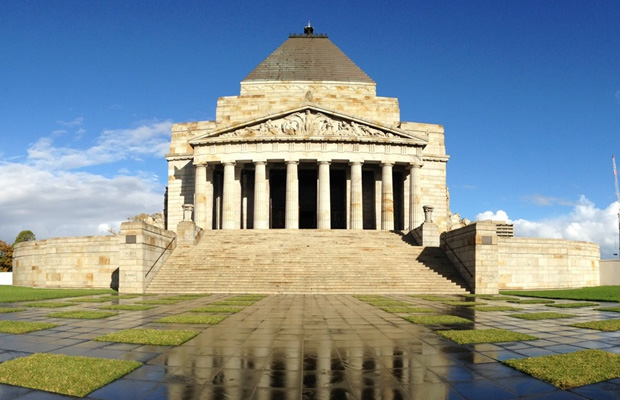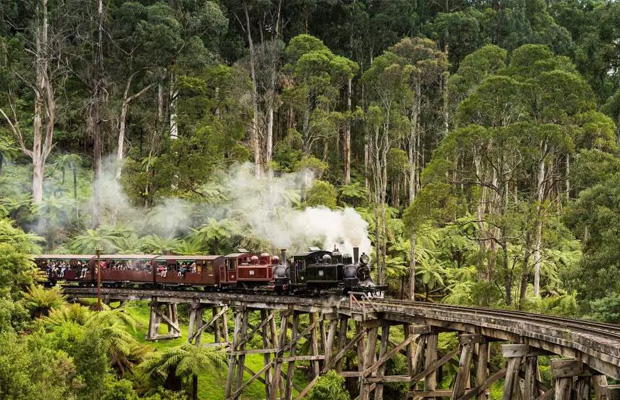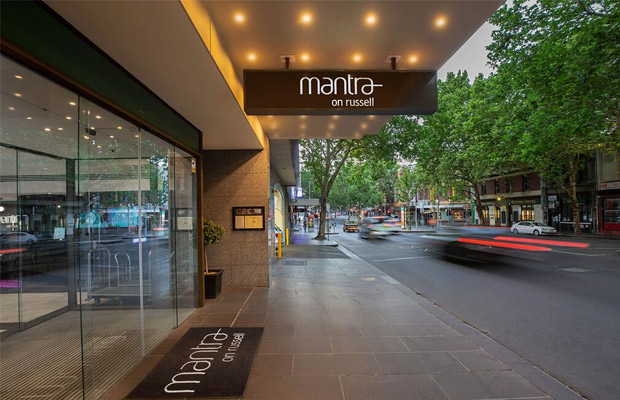Great Ocean Road
Great Ocean Road
Australia
Melbourne
Melbourne Travel Guide
Book Tour & Activities
Your tour in Melbourne.
Book your stay
Your hotel in Melbourne.
Overview
The Great Ocean Road is an Australian National Heritage listed 243-kilometre stretch of road along the south-eastern coast of Australia between the Victorian cities of Torquay and Allansford.
Built by returned soldiers between 1919 and 1932 and dedicated to soldiers killed during World War I, the road is the world's largest war memorial. Winding through varying terrain along the coast and providing access to several prominent landmarks, including the Twelve Apostles limestone stack formations, the road is an important tourist attraction in the region. The Great Ocean Road starts at Torquay and travels 243 kilometres westward to finish at Allansford near Warrnambool, the largest city along the road. The road is two lanes, and is covered by a speed limit changing between 50 kilometres per hour and 100 kilometres per hour. The road is considered a tourist attraction in the area, in which much of the road hugs coastline affectionately known as the Surf Coast, between Torquay and Cape Otway, and the Shipwreck Coast further west of Cape Otway, providing visibility of Bass Strait and the Southern Ocean.
History
The Great Ocean Road was first planned towards the end of World War I, when chairman of the Country Roads Board, William Calder, asked the State War Council for funds to be provided for returned soldiers to work on roads in sparsely populated areas in the Western District. At the time, the rugged south-west coast of Victoria was accessible only by sea or rough bush track. It was envisaged that the road would connect isolated settlements on the coast, and become a vital transport link for the timber industry and tourism.
Surveying for the road, tentatively titled the South Coast Road, started in 1918—with the road suggested to travel from Barwon Heads, follow the coast west around Cape Otway, and end near Warrnambool. In 1918, the Great Ocean Road Trust was formed as a private company, under the helm of president Howard Hitchcock. The company managed to secure £81,000 in capital from private subscription and borrowing, with Hitchcock himself contributing £3000. Money would be repaid by charging drivers a toll until the debt was cleared, and the road would then be gifted to the state.
Construction effort
Construction on the road began on 19 September 1919. It was built by approximately 3,000 returned servicemen as a war memorial for fellow servicemen who had been killed in World War I. An advance survey team progressed through dense wilderness at approximately 3 kilometres a month. Construction was done by hand; using explosives, pick and shovel, wheelbarrows, and some small machinery, and was at times perilous, with several workers killed on the job; the final sections along steep coastal mountains being the most difficult to work on. Anecdotal evidence from ABC archives in 1982 suggested workers would rest detonators on their knees during travel, as it was the softest ride for them.
The soldiers were paid 10 shillings and sixpence for eight hours per day, also working a half-day on Saturdays. They used tents for accommodation throughout, and made use of a communal dining marquee and kitchen; food cost up to 10 shillings a week. Despite the difficulty involved in constructing the road, the workers had access to a piano, gramophone, games, newspapers and magazines at the camps.
In 1924, the steamboat Casino became stranded near Cape Patton after hitting a reef at Point Hawdon, near Grey River. A legend has grown around its cargo—claiming that it jettisoned 500 barrels of beer and 120 cases of spirits, and the road workers obtained the cargo, resulting in an unscheduled two-week-long drinking break—but Museums Victoria notes only that most of the cargo, largely composed of Christmas goods, was dumped into the sea. The Age reported that, "The Great Ocean-road [sic] proved a boon to the passengers, who were enabled without much inconvenience to reach Wood's farm house, Apollo Bay. However, if the road were finished, the vessel's cargo could be safely conveyed to either Apollo Bay, the Wye River, or Lorne."
Video Travel Inspiration
See Great Ocean Road on Map
Most Popular Cities

Siem Reap
Cambodia
Ho Chi Minh City
Vietnam
Beijing
China
Paris
France
London
United Kingdom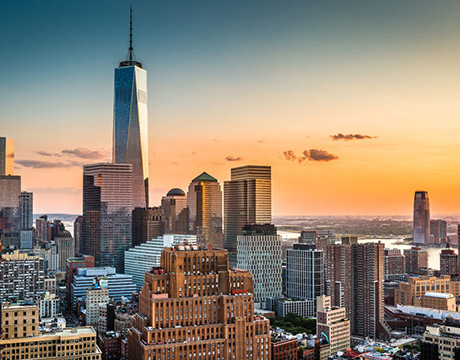
New York
USA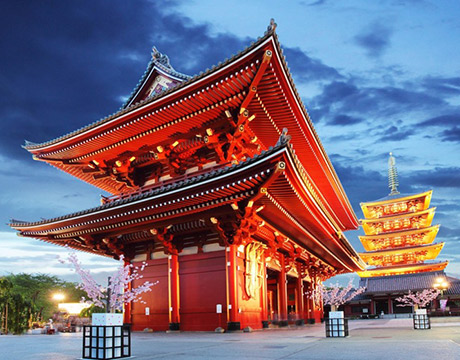
Tokyo
Japan
Bangkok
Thailand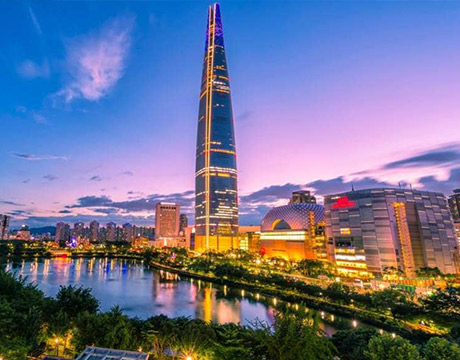
Seoul
South Korea
Vientiane
Laos
Yangon
Myanmar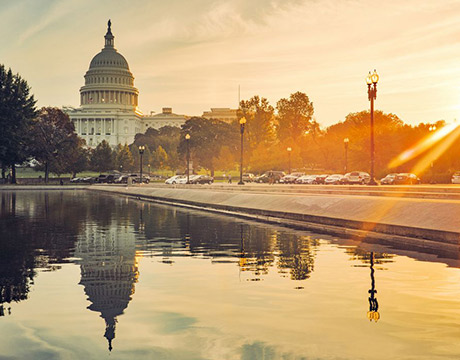
Washington DC
USA
Los Angeles
USA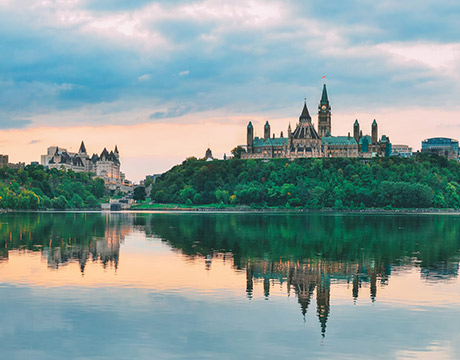
Ottawa
Canada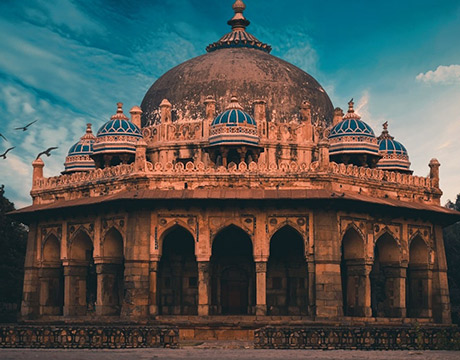
New Delhi
India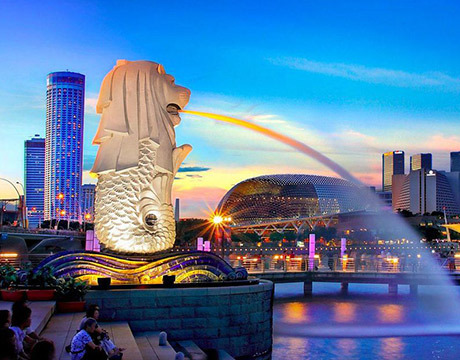
Singapore
Singapore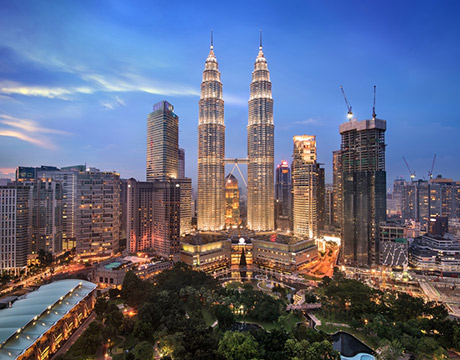
Kuala Lumpur
Malaysia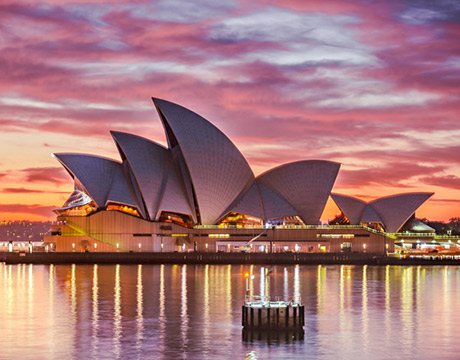
 English
English French
French Khmer
Khmer Thai
Thai Vietnamese
Vietnamese Chinese
Chinese Korean
Korean German
German Japanese
Japanese Italian
Italian Russian
Russian Spanish
Spanish Dutch
Dutch Indonesian
Indonesian Malay
Malay





